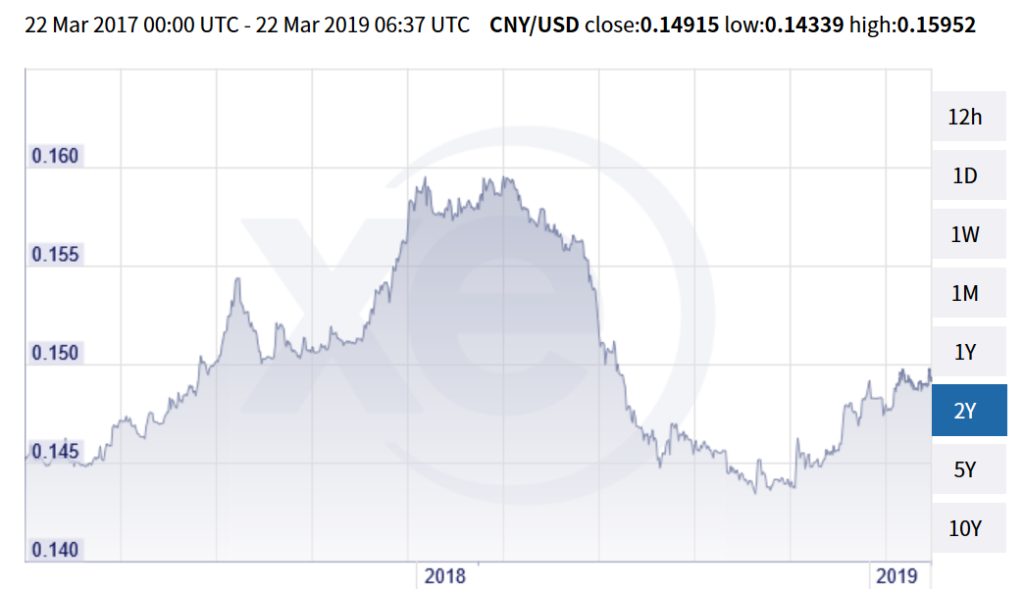Pity the poor Chinese authorities (well, not too much perhaps). They officially floated the Rmb in 2005; but it was then and remained for a long time a float of the very managed variety. So, after many years, it was decided to allow it to move around a bit more. However, their ham-fisted attempt to unleash-the-beast (only a tiny bit), in August 2015, sent domestic and global markets into violent conniptions we’ve not, even now, fully recovered from.
Given past form, do we really want them to have another go at liberalizing the system?
In the IMF Working Paper highlighted today from Sonali Das the case is made for a gradual fix of an FX-regime that remains at odds with China’s economic heft and global influence. As the paper points out countries in the past who’ve been punished by flexible regimes were not as muscular or well insulated from the rising cost of foreign debt as China is today.
A four step plan is outlined:
- Allow market forces a greater say. The exchange rate has moved, over time, very closely with China’s fortunes; but a more dynamic system should replace the present Mum-knows-best arrangement.
- Encourage a deepening of the market. Swaps, forwards, derivatives and wider access by more players can all play a part.
- Improve the management of FX risk. A follow on from 2. Encourage companies with FX exposure to more actively hedge risks.
- Develop alternative monetary policy anchors. Give the Peoples Bank more autonomy and operational independence. Publish explicit policy interest rates [Where would be the harm?].
Like all work from the IMF regarding China we should pay careful attention. Their analysis has an uncanny habit of showing up as received wisdom among China’s policy makers in time.
An Aside From Me
The paper highlights how the Rmb/USD exchange rate has moved since 2005 broadly in line with China’s fundamentals i.e. as they’ve mostly got better the Rmb has been allowed to rise.
Look at the chart below of the Rmb/USD (which I’ve inverted from the usual quote so a high line means a strong Rmb) and what do you see?

For most of 2018 the Rmb was falling [Er, you mean artificially pushed down by China Inc? Ed.], consistent with what we now know was a softening economy.
What then are we to make of the most recent upward move? Does the trend reversal signal an improving economy and a return to the old Good Economy = Strong Rmb dynamic? We’ll see and let’s hope so.
You can access the paper in full via the following link (conclusions, if you’ve no time for the full read, on P.25) China’s Evolving Exchange Rate Regime
Happy Sunday